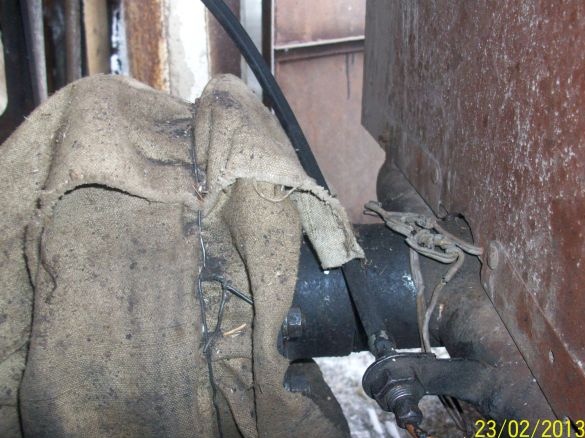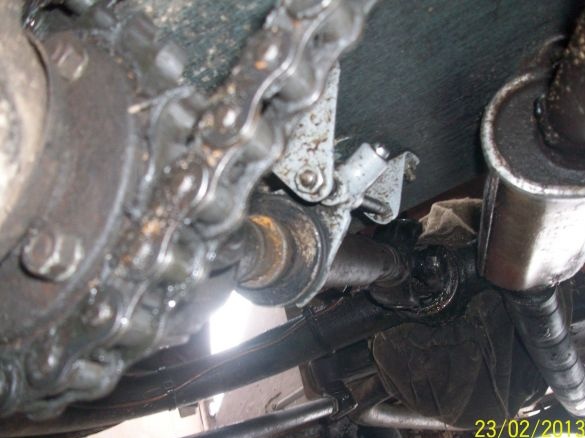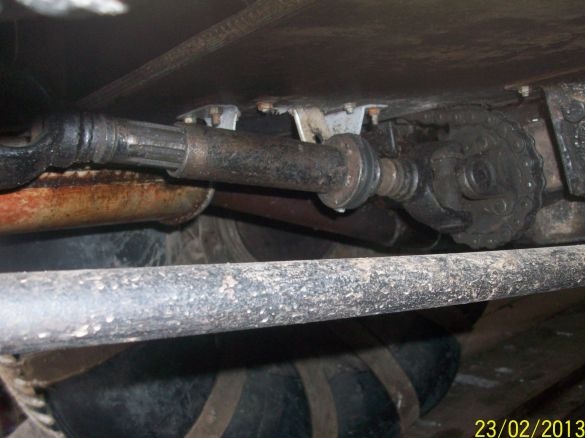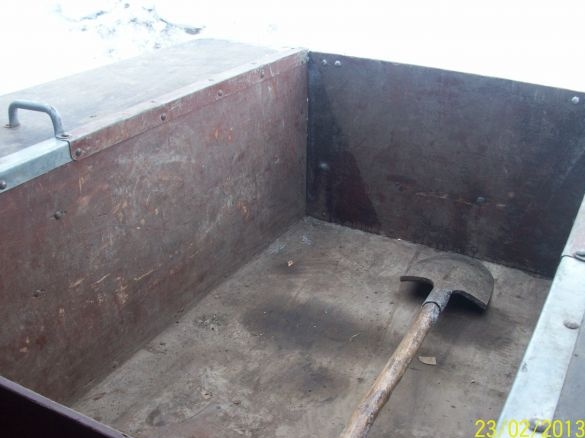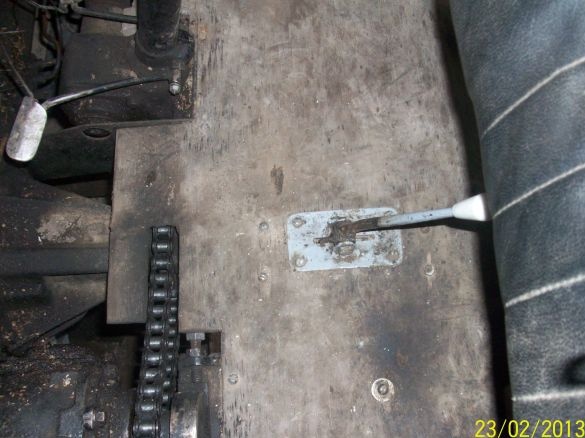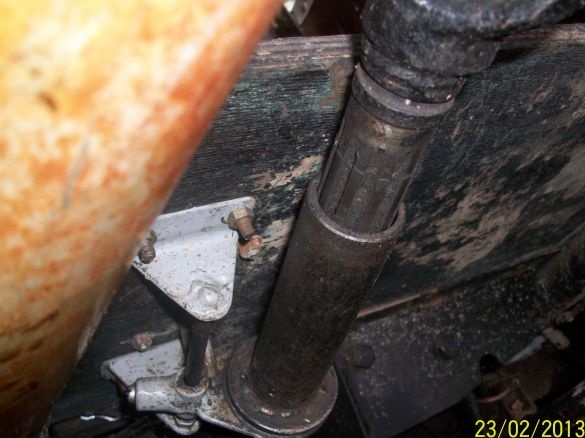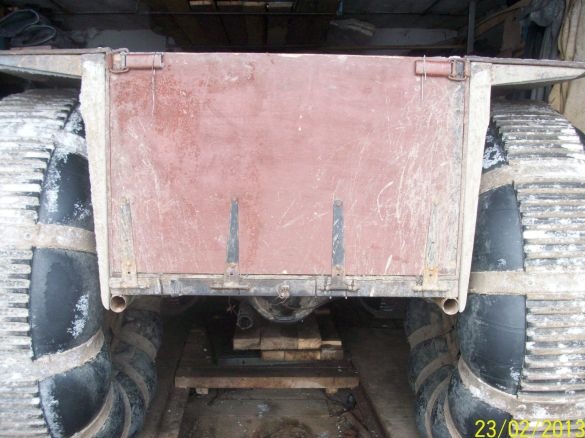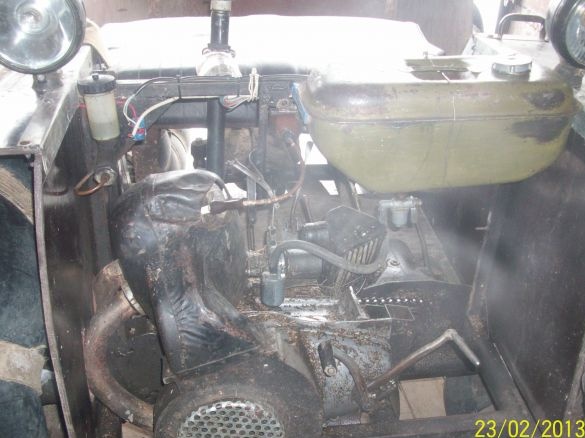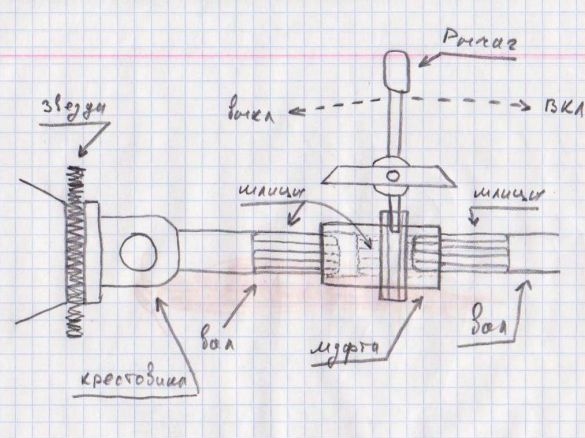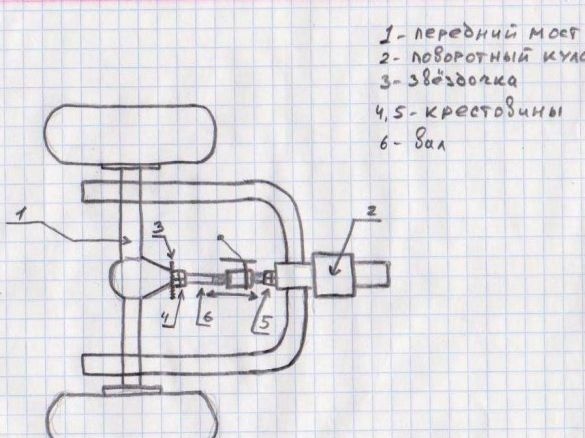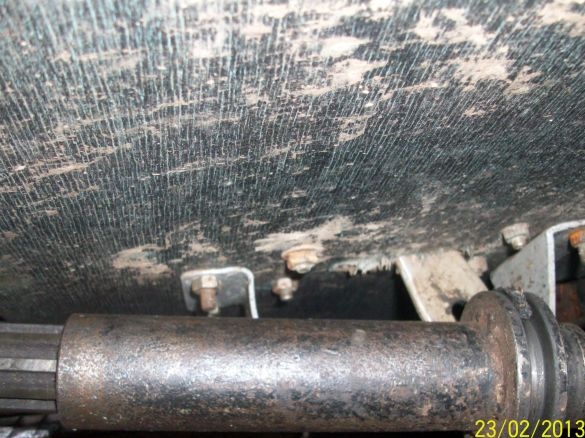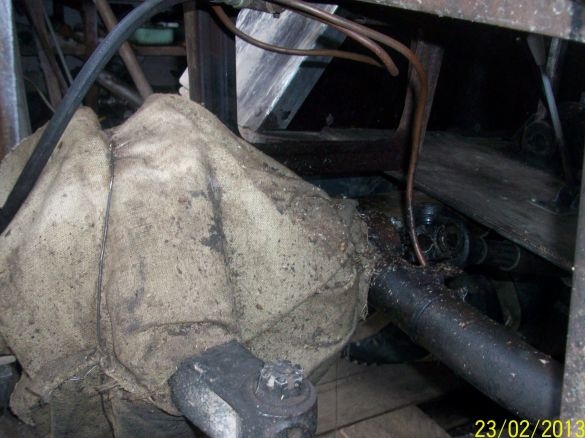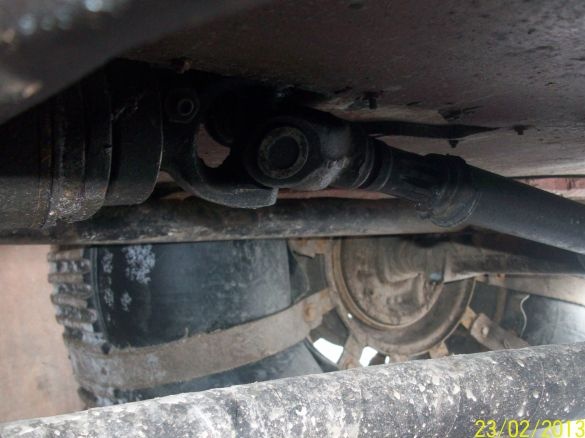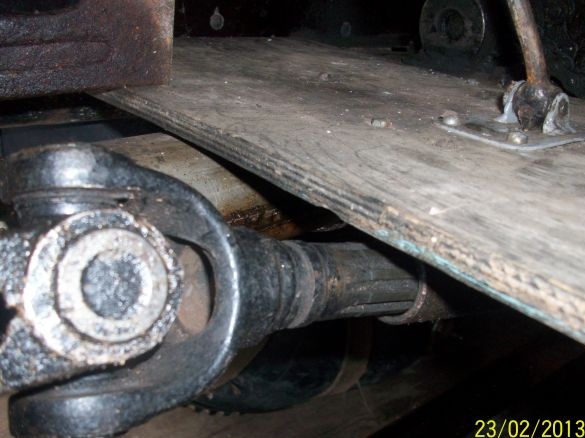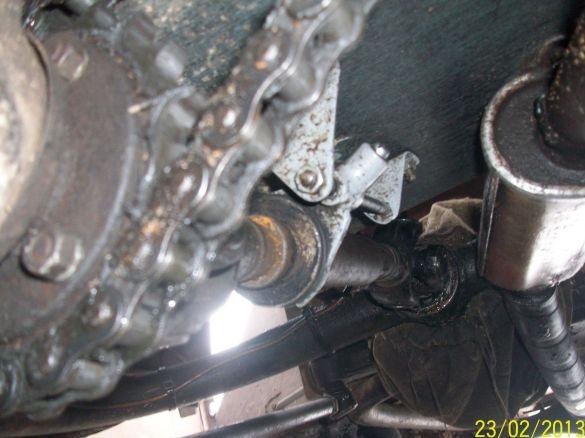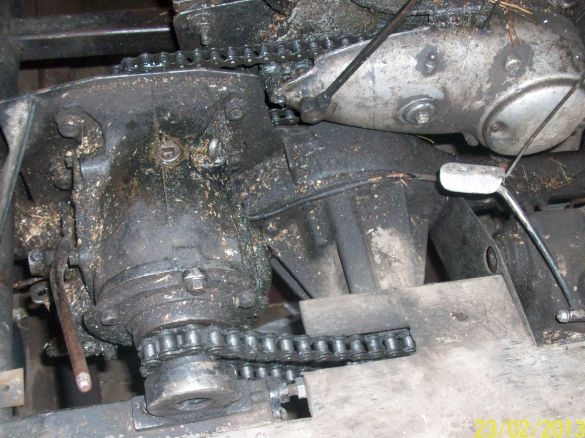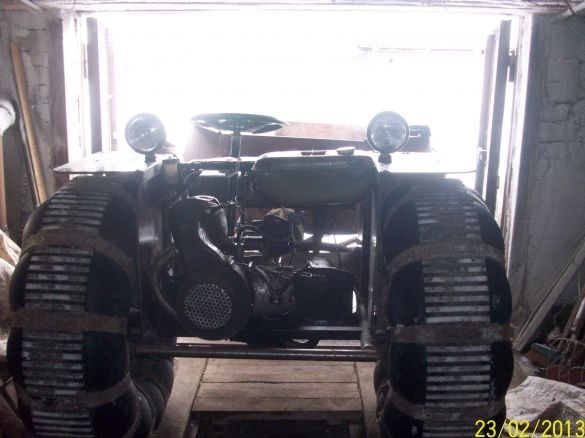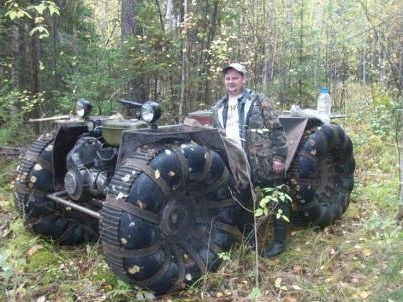
Fairly cheap to manufacture, but quality and reliable all-terrain vehicle collected by Andrew from Alapaevsk. The all-terrain vehicle has a frame of a design of a tipping type, and is also equipped with all-wheel drive with the ability to disable the rear axle. When creating the car, the author sought to maximize the simplicity and reliability of the structures, as well as make the all-terrain vehicle easy, to more quickly overcome marshy terrain.
Materials and assemblies used to create this all-terrain vehicle:
1) engine - CPA
2) ignition from a motorcycle Minsk
3) Bridges from the car Moskvich 412 model.
4) the steering was taken from the Volga
5) the articulation of the frames is carried out with the help of a knuckle from Gaz-63
6) Cameras from the Urals
7) Gearbox from Moskvich 412
Let us consider in more detail the main components of the design of the all-terrain vehicle, as well as the stages of its construction.
The all-terrain vehicle has dual cameras for greater protection against punctures.
The belt for the wheels was taken from some equipment where he connected the rollers and shafts, after measuring the author found that they are ideally sized for the camera from the Urals. The belt itself is all solid, not stitched, therefore durable. For better grip and retention, it was flipped with the embossed part down.
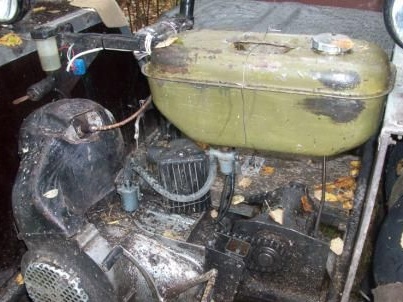
As you can see from the following photos, the all-terrain vehicle does not have a backrest on the seat, the fact is that this seat is temporary, until the author finds a better option and it is great for testing. In addition, during the testing of the machine it is not until relaxation, so there is no discomfort from the control. In the future, the author plans to make a full-fledged cab for the car and there already install a more suitable driver's seat.
The all-terrain vehicle has four-wheel drive with a pluggable rear axle.
The connection and disconnection scheme of the rear axle was made using splines on the shaft that goes to the rear axles, controlled by a special lever.
Here is a photo of the rear axle connection scheme:
To create a turning point for the frames of this all-terrain vehicle, a fist from gas-63 was used, which is excellent for such purposes. The author already had experience with creating a fracture node using a fist from an UAZ, but he did not always withstand the load, and over time, the node began to wedge. The rotary fist from the Gas-63 solves a similar problem, since it was originally designed for more serious loads, therefore it does not need any alteration and amplification. Excellent bearings immediately come with it, while the steering remains very light, so much so that many people who have sat behind the wheel of this all-terrain vehicle for the first time and are not familiar with its layout believe that a hydraulic power steering is installed, but this is not so.
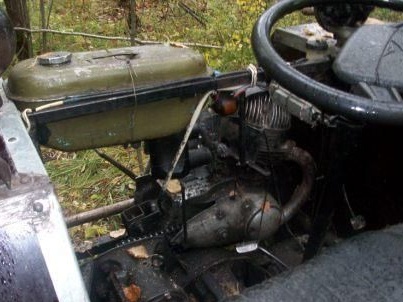
Also, the fist from gas-66 was considered as the main element for creating a knot for breaking the all-terrain vehicle’s frames, but it is very different in both dimensions and weight and not so suitable for this model. All the same, the author wanted to make the model lighter, so he looks closely at the fist from the ZIL-157, since it is not very large and will probably be better.
The author did not block the differentials in the bridges, due to the fact that the all-terrain vehicle is quite light and this is simply not necessary. In low gears with the rear axle connected, the all-terrain vehicle easily overcomes any obstacles. But if you brew differentials or make the all-wheel drive permanent, without turning off the rear axle, then it will be difficult to drive and turn on it on a flat road at high speeds. And the maximum speed of the all-terrain vehicle is 50 kilometers per hour, which is pretty good. Of the possible options, the author considers only the installation of a bridge with any self-block in the structure.
The all-terrain vehicle has hydraulic brakes on all four wheels, the drums used for bridges from Muscovite 412 are used. There are enough brakes, since the brake pedal lever is long, this does not cause much effort.
Photos of the off-road vehicle:
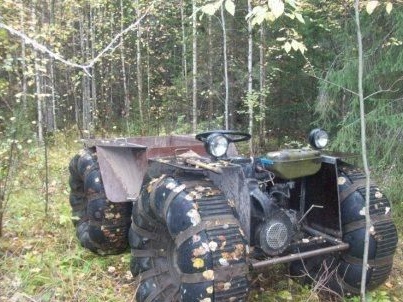
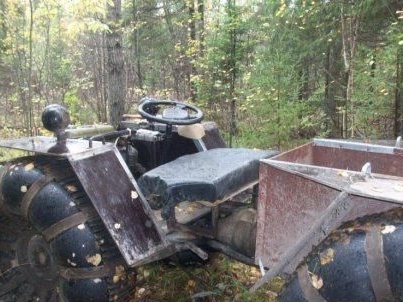
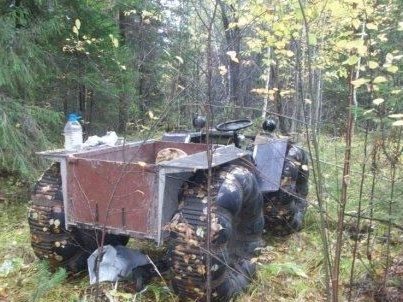
The author of the all-terrain vehicle: Andrei with the nickname "Andreika and Tolka and Ilka" on the site of the from the city of Alapaevsk, Sverdlovsk Region.

